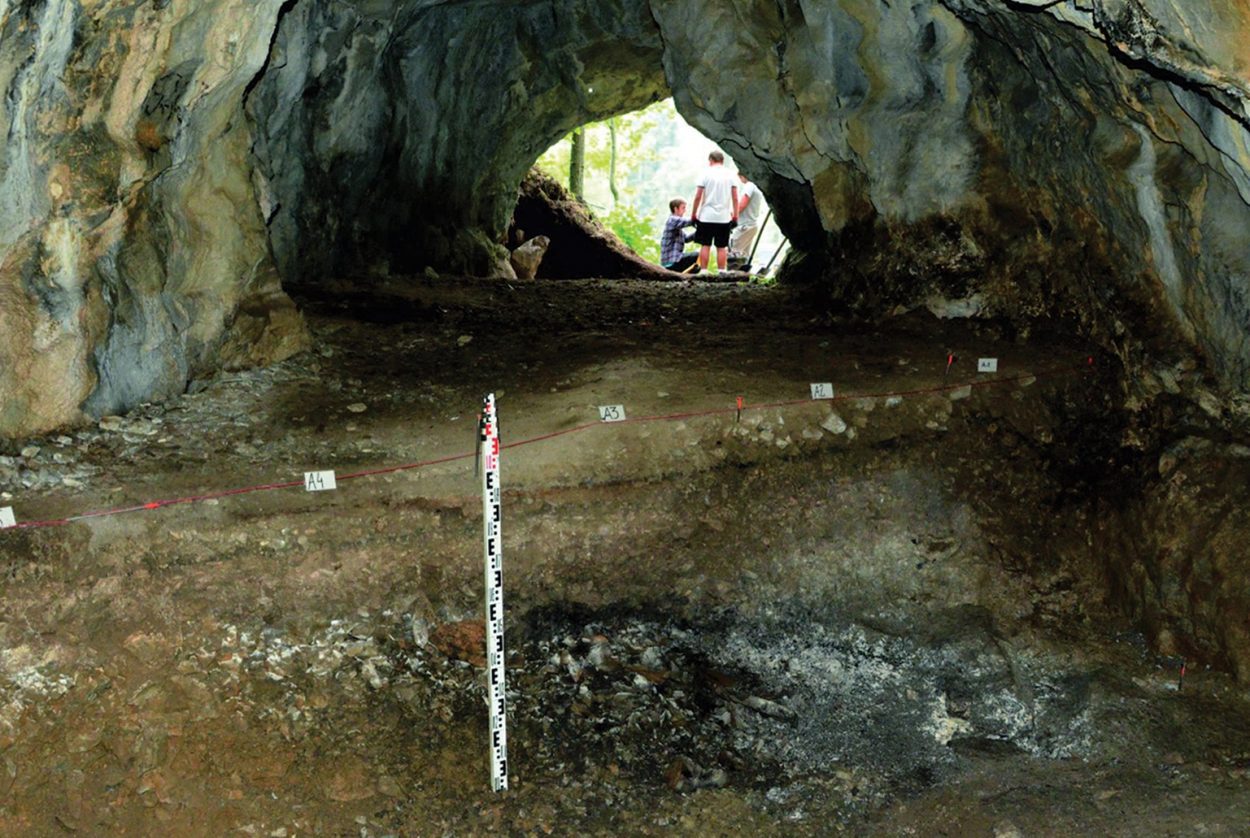Archaeologists have found traces left behind by a group of prehistoric hunters in the Hučivá Cave, located in the Belianske Tatras mountain range in Slovakia.
A team of archaeologists, palaeozoologists, geologists, sedimentologists, archaeobotanists and palaeogeneticists from the Institute of Archaeology at the Jagiellonian University in Krakow, found hundreds of blades made from either radiolarite, flint or limnosilicite, in addition to bone needles and the bones of various animals in the remains of a large hearth or fire within the cave.
The researchers also found faunal and archaeobotanical remains, as well as bones from species of chamois (Rupicapra rupicapra), deer (Cervus elaphus) and wild horse (Equus ferus). More than a dozen bones have traces of cut marks, cracking for marrow extraction and smoothing with stone tools.
A study of the finds, now published in the journal Antiquity, also suggests that the group were specialised in hunting the alpine ibex (Capra ibex), a species of wild goat that lives in rough terrain near the snow line of mountains.
Most of the find’s date from the Palaeolithic period and indicate that the group were from the Magdalenian culture, named for the type-site of Abri de la Madeleine, a rock shelter in the South-West of France.
The Magdalenian lived in Europe between 23,000 and 14,000 years ago towards the end of the last Ice Age (which geologists call the Pleistocene epoch).
Until now, evidence for prehistoric settlement in the alpine region of the Carpathians was almost non-existent.
Header Image Credit : Antiquity





